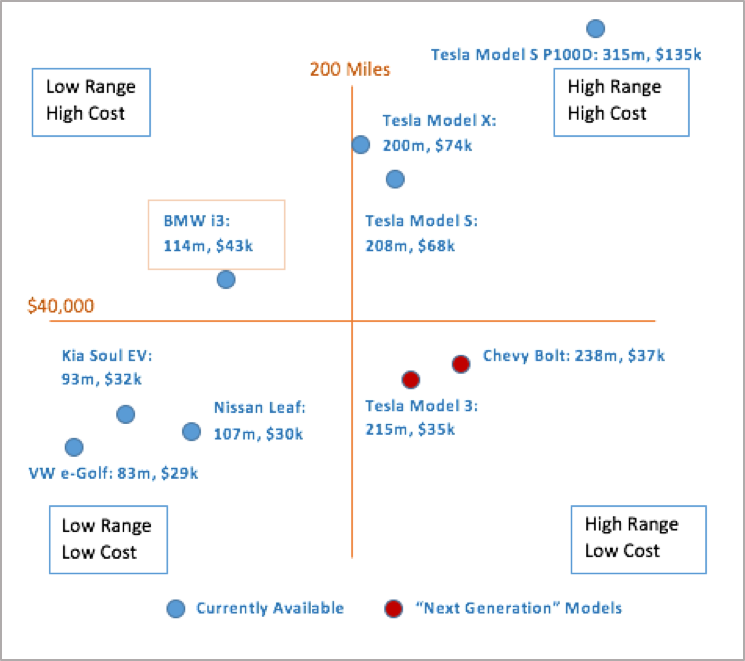New technologies and industry investments are making electric vehicles (EVs) more affordable and approachable, expanding consumer choice and driving record-breaking U.S. EV sales. However, the continued popularity of pickups and SUVs shows the importance of maintaining federal fuel economy standards to reduce greenhouse gas emissions.
At the recent Washington Auto Show, I test drove the Toyota Prius Prime, the second-generation plug-in hybrid Prius model. The Prime features a larger battery range than its predecessor, is surprisingly roomy, and, once unplugged from the charging station, provides a similar driving experience as a gasoline-powered hybrid.
The Prime is the latest example of automakers developing vehicles that can compete both functionally and financially with traditionally-fueled vehicles.
In the all-electric vehicle market, consumers have had to choose between high costs or low battery.
- Chevy has begun to change the equation with the low-cost, long-range all-electric Bolt, already released in California and Oregon, and slated for a national release within the next year.
- Tesla, famous for its luxury vehicles, is preparing to manufacture the more affordable Model 3 that retains the company’s longer battery range.
- Ford, Volkswagen, and many other major automakers are also developing more affordable EV models, both all-electric and plug-in hybrids, that will compete favorably with traditionally-fueled vehicles.
Consumers are responding to these new models and technologies. The reconfigured Prius Prime jumped from a dozen or so vehicles sold per month earlier in 2016 to more than 1,300 vehicles per month in when it was reintroduced in December and this past January, taking second place in the plug-in hybrid market. Of the five best-selling models since December (Chevy Bolt & Volt, Toyota Prius Prime, Tesla Model S & X), only Tesla’s Model S is not new or redesigned within the past 18 months.

